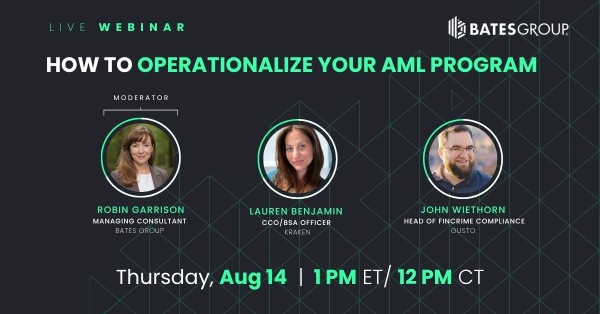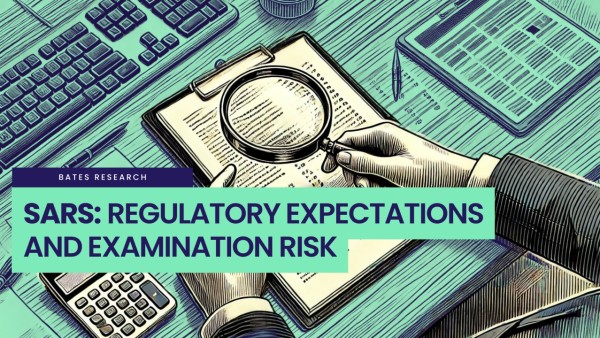01-06-26
The GENIUS Act and the Future of Stablecoin Regulation
The GENIUS Act creates the first comprehensive U.S. framework for payment stablecoins, defining who can issue them, how a dual state and federal regime will work and what thresholds will trigger federal oversight. This Bates Research article explains the law’s key provisions, highlights open questions for states and regulators, and outlines what banks, fintechs and digital asset firms should be considering now.

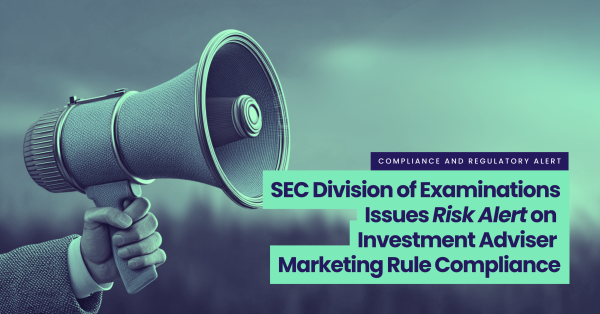
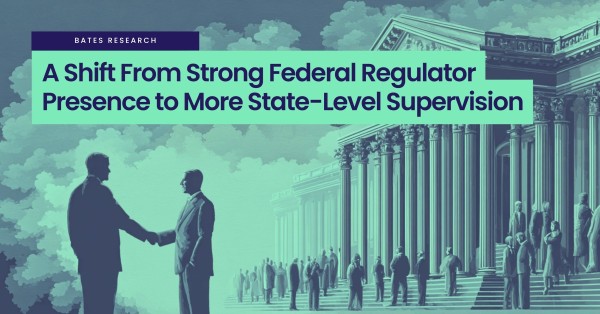
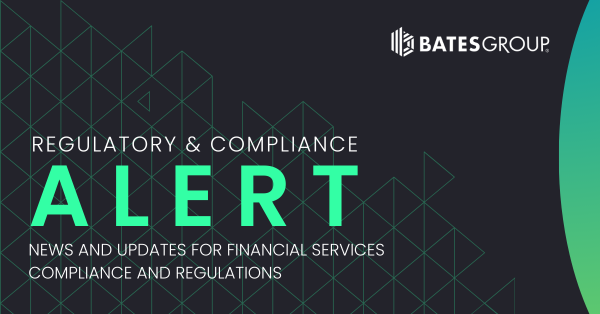
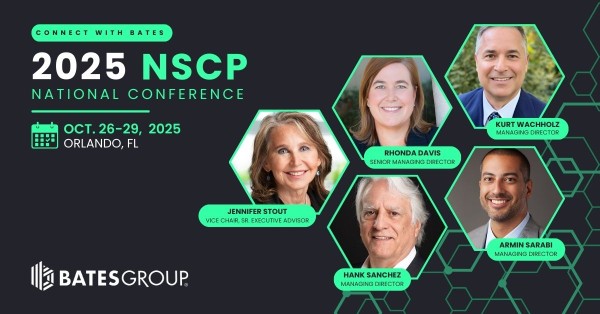
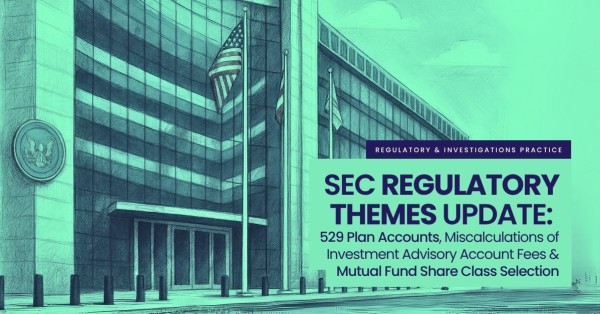

_-_28de80_-_1e261046d191029c208d330eea5de43a8671245e.jpg)




